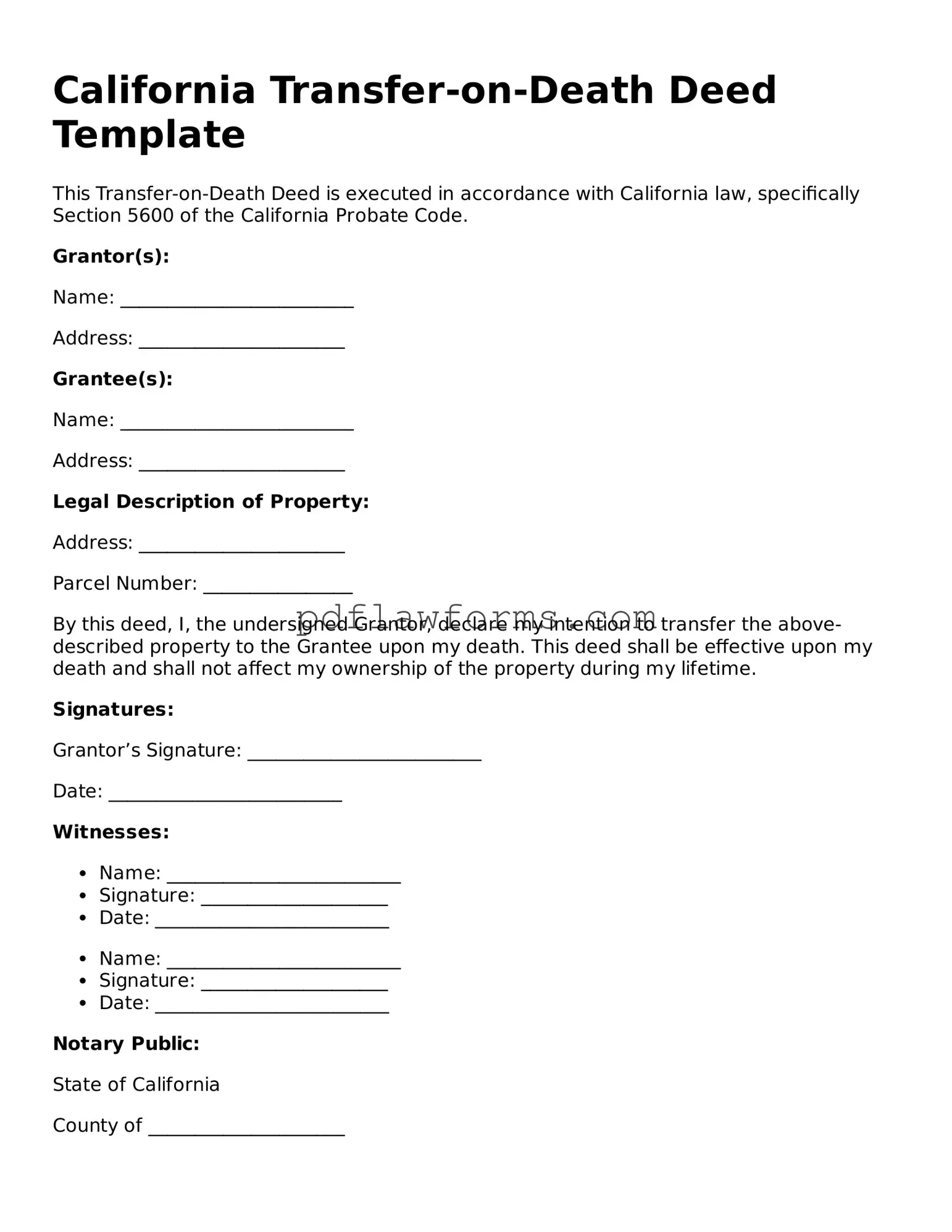Georgia Transfer on Death Deed Form
- It is a preferred option for individuals wanting to avoid probate hassles.
Beneficiary Deed Form Arizona
- A Transfer-on-Death Deed is often preferable to a will for real estate transfers due to its simplicity and speed.
The importance of having a Florida Motor Vehicle Power of Attorney form cannot be understated, as it ensures that essential motor vehicle-related matters are efficiently addressed, even when the owner is unavailable. This legal document allows a designated representative to handle tasks such as buying, selling, or managing vehicle registration and titling in Florida, ensuring that all transactions are conducted smoothly and without unnecessary delays, as detailed at https://floridaformspdf.com/printable-motor-vehicle-power-of-attorney-form/.
How to Transfer a Property Deed From a Deceased Relative in Florida
- The document prevents the property from being tied up in probate proceedings after the owner's death.
Illinois Transfer on Death Deed
- It does not require the involvement of a probate court once executed properly.
